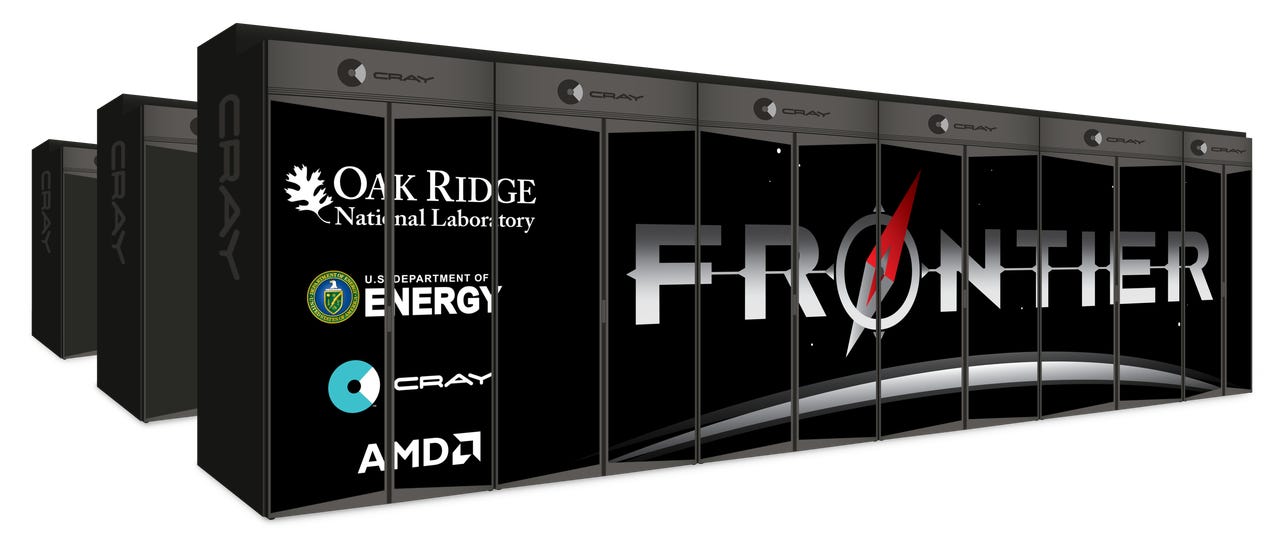US knocks out Japan to take the supercomputer Top500 crown


US-based Oak Ridge National Laboratory (ORNL)'s Frontier system has been declared as the most powerful supercomputer and the "first true exascale machine" by the 59th edition of the Top500 global supercomputer list.
Based on the HPE Cray EX235a architecture and equipped with AMD EPYC 64C 2GHz processors, the system features more than 8,730,000 cores and surpassed the one exaflop barrier with a High-Performance Linpack (HPL) score of 1.102 exaflops. The supercomputer is currently being integrated and tested at the ORNL where it will be operated by the Department of Energy.
By taking the top spot, Frontier knocks Japan's Fugaku system, which has held the number one ranking for the last two consecutive years, to number two as it continues to hit a HPL benchmark score of 442 PFlops.
"Considering the fact that Fugaku's theoretical peak is above the one exaflop barrier, there's cause to also call this system an exascale machine as well. However, Frontier is the only system able to demonstrate this on the HPL benchmark test," according to the list.
Rounding out the top three is newcomer Finland's Lumi system -- another HPE Cray EX system and Europe's largest system -- that has a performance of 151.9 Pflops using just over 1,110,100 cores.
The Top500 also welcomed the addition of France's Adastra system -- the second most powerful machine in Europe and third HPE Cray EX system on the list -- to the 10th position, after it achieved an HPL benchmark score of 46.1 Pflops.
China and the US continued to dominate the list with 173 and 126 entries respectively, making up collectively nearly two-thirds of the supercomputers on the Top500.
The list also noted that AMD processors was the preferred technology for HPC systems, as it was utilised by Frontier, Lumi system, as well as Perlmutter and Selene that ranked seventh and eighth position, respectively.
Finally, the list indicated that ethernet still won out with 226 machines, even though it was a drop from 240 machines on the last list; Infiniband accounted for 196; Omnipath stayed consistent with 40 machines on the list; while custom interconnects accounted for 32 connections; and there were only six systems with proprietary networks, like last year's list.
Related Coverage
- Europe's fastest computer? Atos unveils BullSequana XH300 'exascale-class' supercomputer
- Meta says it will soon have the world's fastest AI supercomputer
- Swinburne to receive AU$18.5 million supercomputer upgrade
- Supercomputing: Now Europe wants to be a big player too
- Fujitsu claims to have developed the world's fastest quantum simulator